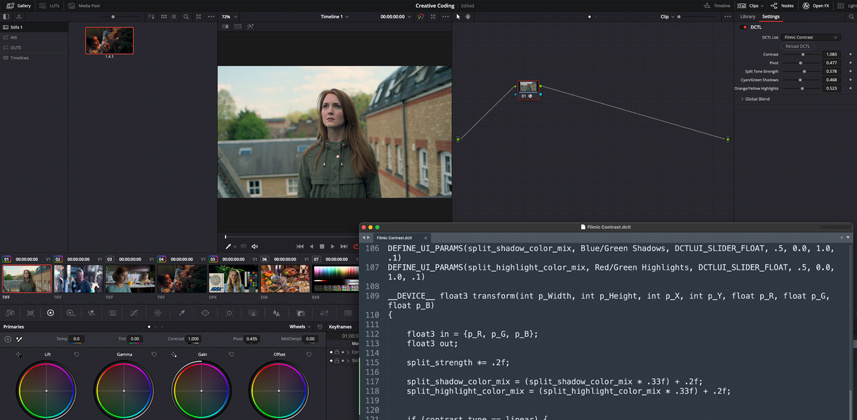| Series |
|---|
Providing useful constraints on the user interface
In our prior Insight in this series, we’ve been focused on building our Filmic Contrast tool to offer greater creative control to the end-user. Now that we’ve built out the functionality we intended, we need to consider an equally important aspect of tool design: useful constraint.
The split-toning feature we incorporated in our last Insight is a powerful addition to the tool, but at the moment its maximum strength nets too aggressive a change in our image. There’s a large portion of the Blue/Green Shadows slider and Red/Green Highlights slider that produce visual results most users will find undesirable. If we can take these ‘dead zones’ out of play, we’ll end up with a tool that’s simultaneously stronger and simpler. We can also improve on the functionality of the tool by ensuring that the overall luminance of our shadows and highlights is unchanged when activating the split-toning effect.
In this Insight we’ll cover:
- Manipulating raw user input to fall within the desired range
- Preserving original luminance levels by scaling the output of the apply_shadow_split and apply_highlight_split functions
Let’s get started!
Evaluating our tool from the user’s point-of-view
After testing out the current version of our tool on a recent job, I have a few notes I’d like to implement for the next version:
Member Content
Sorry... the rest of this content is for members only. You'll need to login or Join Now to continue (we hope you do!).
Need more information about our memberships? Click to learn more.
Membership optionsMember Login


